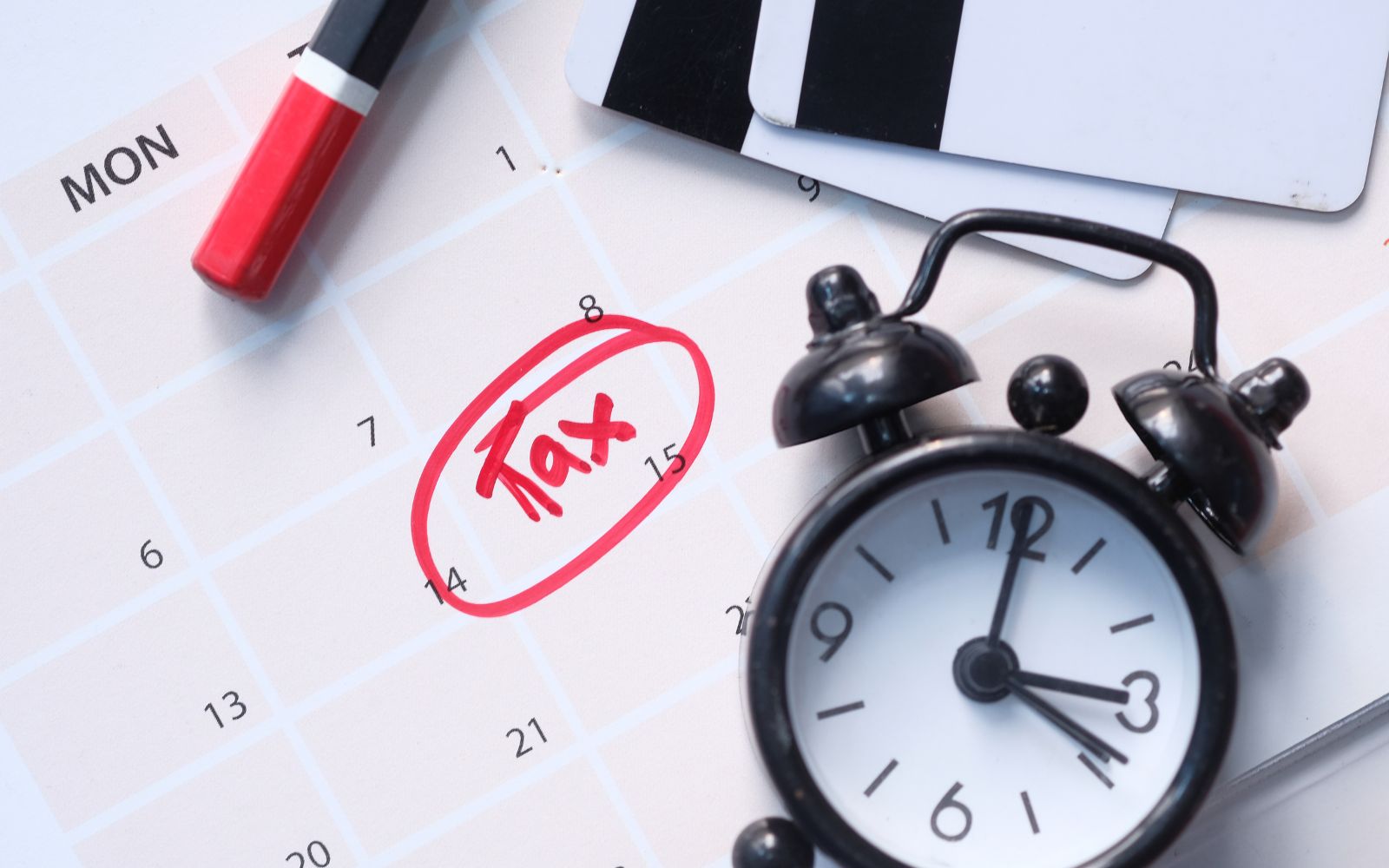How to benefit from Annual Investment Allowance

The annual investment allowance (AIA) for capital allowances purposes is a 100% allowance for qualifying expenditure on machinery and plant.
Generally, business profits, after any adjustments for tax purposes (for example depreciation of fixed assets), are reduced by capital allowances to arrive at taxable profit. Since capital allowances are treated as a trading expense of a particular accounting period, they can potentially increase a loss, or turn a profit into a loss for tax purposes. This in turn, will have an impact on the amount of tax payable by a business – i.e. reduce corporation tax or income tax.
The Autumn budget made some changes to actually increase the allowance from the current £200,000 to £1,000,000. The increase will be in effect from 1 January 2019 to 31 December 2020, before reverting to the current level.
The Annual Investment Allowance
The annual investment allowance (AIA) for capital allowances purposes is a 100% allowance for qualifying expenditure on machinery and plant. Put simply, this means that a business buying a piece of equipment that qualifies for the AIA can deduct 100% of the cost of that asset from the business’s profit before calculating how much tax is due on that profit.
VAT-registered businesses claim the AIA on the total cost of the asset less any VAT that can be reclaimed on that asset. Non-VAT-registered businesses can claim the AIA on the total cost of the asset.
The AIA was set at its current level of £200,000 from 1 January 2016, but it was announced in the 2018 Autumn Budget that, subject to enactment, the limit will be increased to £1,000,000 from January 2019. This measure is designed to stimulate business investment in the economy by providing an increased incentive for businesses to invest in plant or machinery. However, the increase will only be available for a limited time. Under current proposals, the AIA limit will revert to its current level from 1 January 2021. Businesses considering making significant investments in, say, the next five years, may wish to consider bringing their purchase forward, so as to benefit from the increased AIA limit and obtain immediate tax relief on their investment.
Where a business spends more than the annual AIA limit, any additional qualifying expenditure will still attract relief under the normal capital allowances regime, but this will result in relief being spread over several years, rather than in one go.
It is worth remembering that connected companies are only entitled to one AIA between them.
Transitional rules
The legislation includes a series of transitional rules, which can be complex. It is worth seeking guidance where expenditure on qualifying AIA items is being considered and the business has a chargeable period that spans either of:
- the operative date of the increase to £1,000,000 on 1 January 2019, or
- the operative date of the reversion to £200,000 on 1 January 2021.
Impact
Subject to enactment, the temporary increase of the AIA should provide a welcome tax break. It will help boost the cash-flow of SME businesses seeking to invest in qualifying plant and machinery, by reducing liability to income (or corporation) tax directly in proportion to capital investment for the financial year in which the expenditure was made.
The information available on this page is of a general nature and is not intended to provide specific advice to any individuals or entities. We work hard to ensure this information is accurate at the time of publishing, although there is no guarantee that such information is accurate at the time you read this. We recommend individuals and companies seek professional advice on their circumstances and matters.




